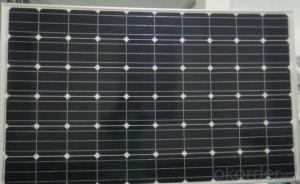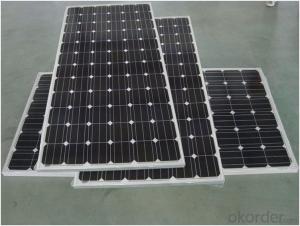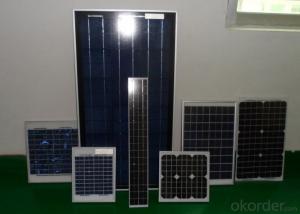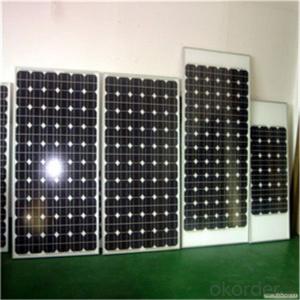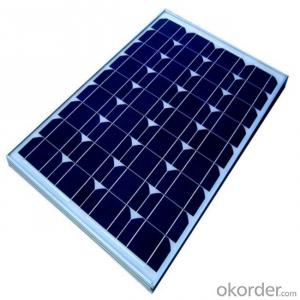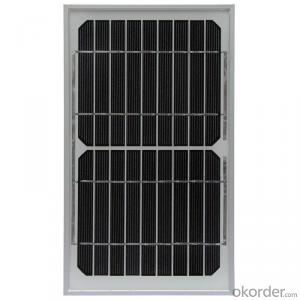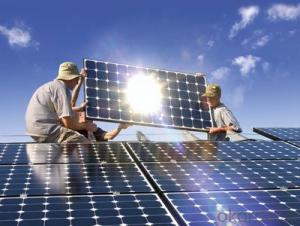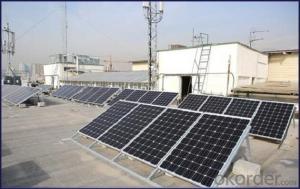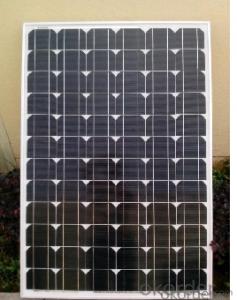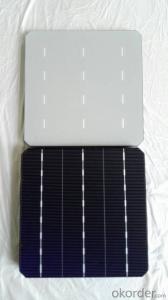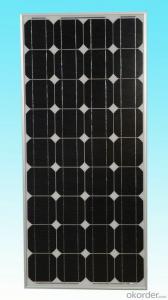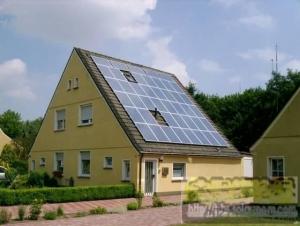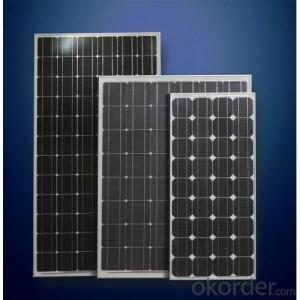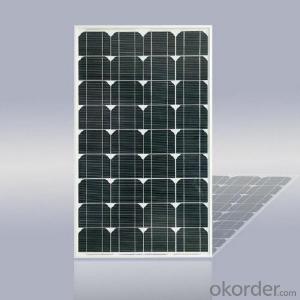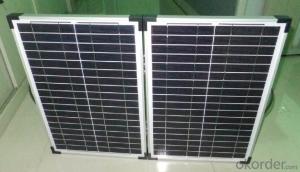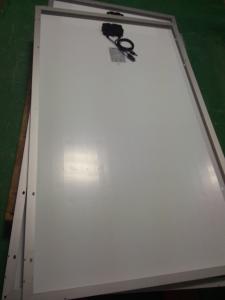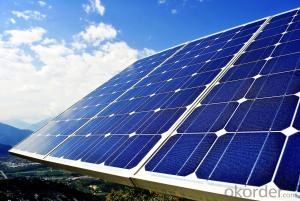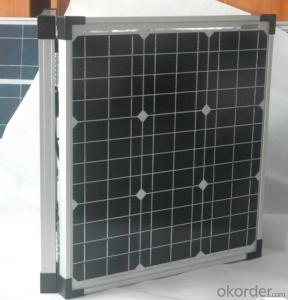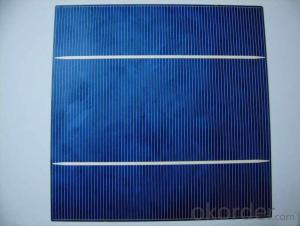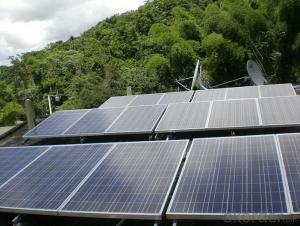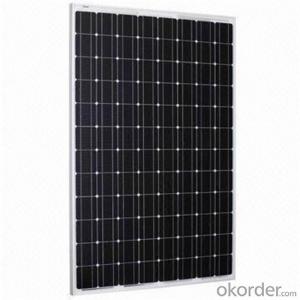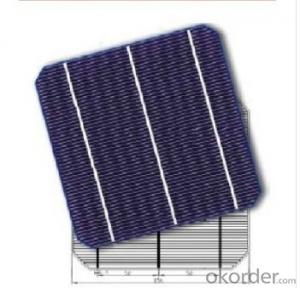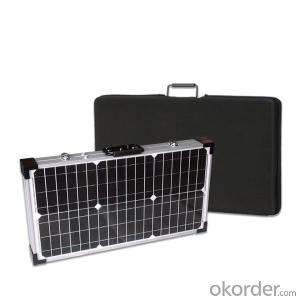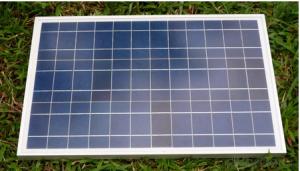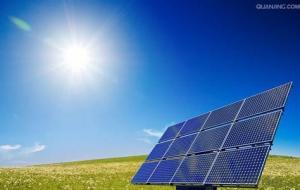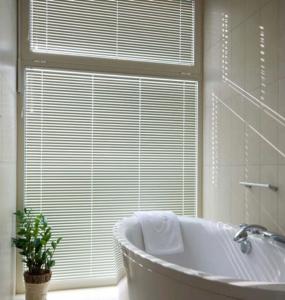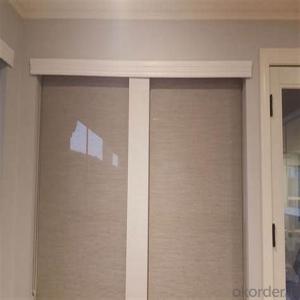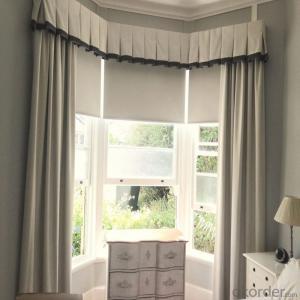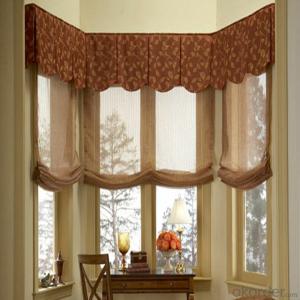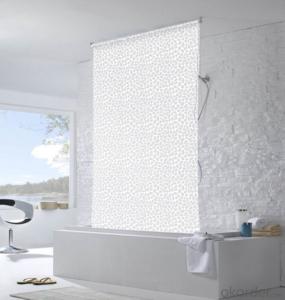54 Cells Mono Solar Panel
54 Cells Mono Solar Panel Related Searches
48 Cells Solar Panel Mono Solar Module Mono Half Cell Solar Module Mono City Solar Cell 60 Cell Solar Module Sunpro Mono Solar Module 72 Cell Solar Module Mini Solar Panel Module Solar Panel Module Module Solar Panel 3 5 Solar Cells Monocrystalline Solar Module Build Solar Panel From Cells Q Cells Solar Panel Half Cell Solar Module Bare Solar Cells 500 Watt Solar Module Solar Cell Module Mini Solar Module Buy Solar Panel Cells Monocrystalline Solar Cells Bulk Ac Module Solar Panel 12 Volt Solar Cells Solar Panel Ac Module Solar Cell Module Panel Array Free Solar Cells Nano Solar Cells Q Cells 400w Solar Panel Solar Panel Module Size Low Cost Solar Cells54 Cells Mono Solar Panel Supplier & Manufacturer from China
The 54 Cells Mono Solar Panel is a high-efficiency solar energy product designed for various applications. These panels are constructed with 54 monocrystalline solar cells, which provide optimal energy conversion and performance. They are engineered to withstand harsh weather conditions and deliver reliable power output over an extended period. The 54 Cells Mono Solar Panel is widely used in residential, commercial, and industrial settings, making it an ideal choice for those looking to harness the power of the sun for their energy needs. These panels are also suitable for off-grid systems, where they can provide electricity to remote locations without access to traditional power grids.The 54 Cells Mono Solar Panel offers a versatile solution for harnessing solar energy in various environments. They can be installed on rooftops, ground-mounted systems, or even integrated into building structures as part of a BIPV (Building Integrated Photovoltaics) system. This makes them a popular choice for homeowners, businesses, and utility-scale solar projects. The panels are designed to maximize energy production while minimizing the environmental impact, making them an eco-friendly option for those looking to reduce their carbon footprint.
Okorder.com is a leading wholesale supplier of the 54 Cells Mono Solar Panel, boasting a large inventory to cater to the needs of various customers. As a reputable supplier, they offer competitive pricing and reliable service, ensuring that customers receive high-quality products at the best possible prices. With their extensive inventory, Okorder.com can provide the 54 Cells Mono Solar Panel in bulk quantities, making it an attractive option for large-scale projects or for those looking to stock up on solar panels for future use.
Hot Products
